
Montgomery Fertility Center
3202 Tower Oaks Boulevard
Suite #370
Rockville, MD 20852
301-946-6962

More Infertility Articles
The Marvelous Fallopian Tubes
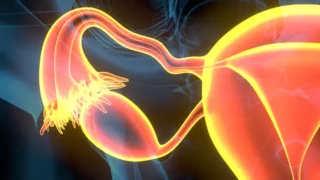
Understanding the female reproductive system is crucial for appreciating the wonders of life creation.
The fallopian tubes, also known as uterine tubes, are a pair of slender, tube-like structures located on either side of the uterus. They are approximately 10–14 centimeters long and are lined with ciliated epithelial cells, cells that have fine hair-like extension on their top surface. The fallopian tubes consist of several sections, including the infundibulum (the funnel-shaped end), fimbriae (finger-like projections), ampulla (the middle and widest part), isthmus (the narrow portion), and the uterine opening.

The primary functions of the fallopian tubes are vital for successful reproduction:
During ovulation, a mature egg is released from one of the ovaries. The fimbriae at the end of the fallopian tubes help capture the egg, drawing it into the tube.
The fallopian tubes provide an optimal environment for fertilization to occur. The cilia lining the tubes create a gentle current that propels the egg towards the uterus, while also helping to move sperm in the opposite direction. Think of the tube as a conveyor belt that is in constant motion to move the eggs and embryo towards the uterus.
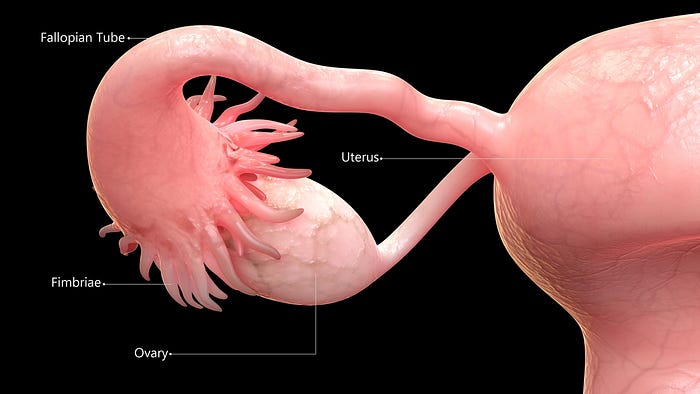
The fallopian tubes assist in the movement of sperm towards the egg. Sperm can survive in the fallopian tubes for several days, awaiting the arrival of the egg.
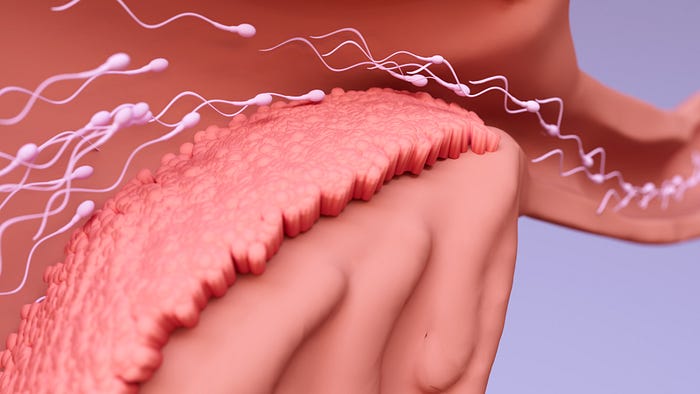
Ovulation is the process in which a mature egg is released from the ovary. During this phase, the fimbriae sweep over the surface of the ovary, capturing the egg and guiding it into the fallopian tube. Once inside the fallopian tube, the egg begins its journey towards the uterus, aided by the coordinated movements of the cilia.
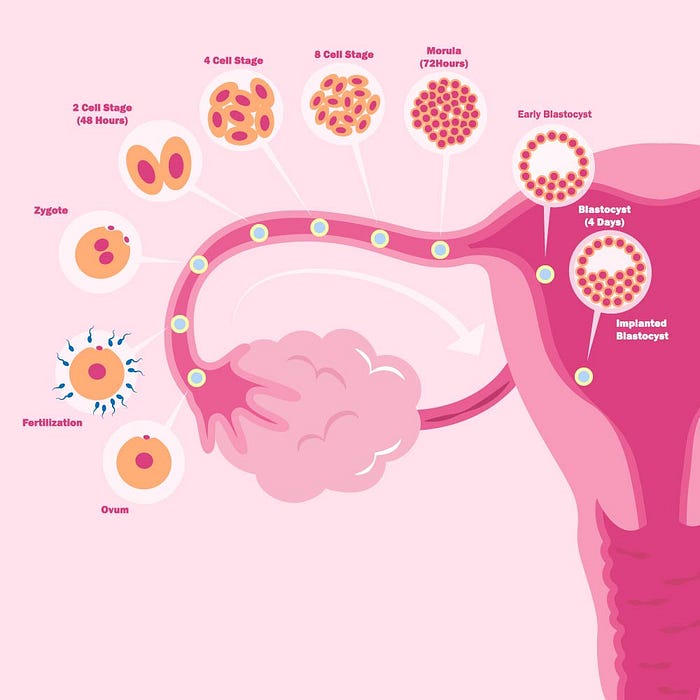
If sperm are present in the fallopian tubes at the time of ovulation, they can meet and fertilize the egg. This remarkable union typically occurs in the ampulla, the widest part of the fallopian tube. Once fertilized, the newly formed embryo continues its passage towards the uterus for implantation and further development.
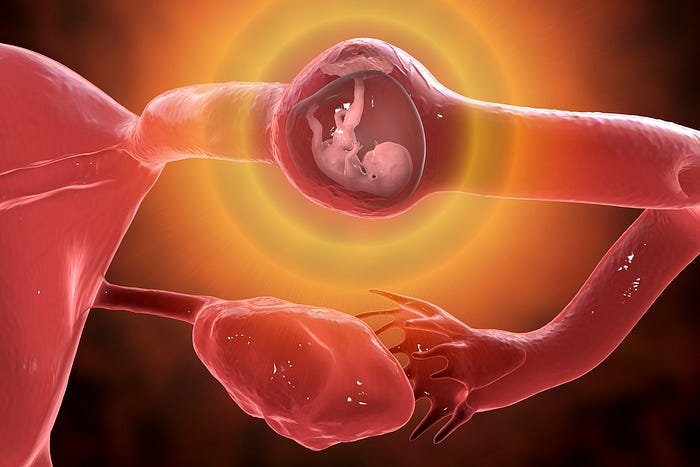
Although the fallopian tubes are designed for the journey of the fertilized egg, complications can arise. One such complication is an ectopic pregnancy, where the fertilized egg implants outside the uterus, most commonly in the fallopian tubes. Ectopic pregnancies can be dangerous and require immediate medical attention.
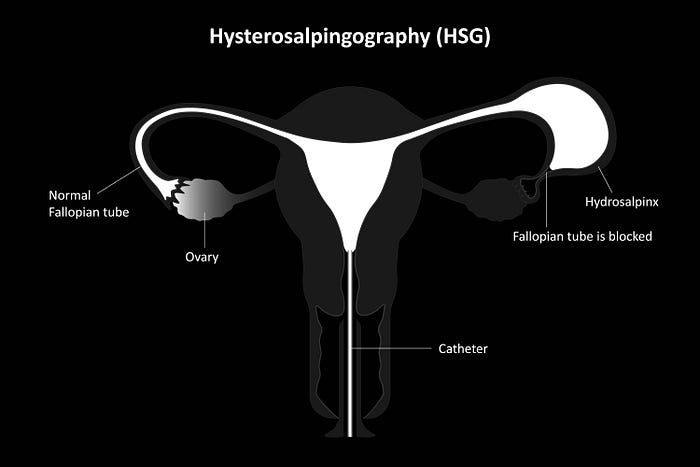
Diagnostic procedures can help identify any blockages or abnormalities in the fallopian tubes. Hysterosalpingography (HSG) is a common test where a dye is injected into the uterus and fallopian tubes, allowing X-ray imaging to evaluate their structure and function. Laparoscopy is another procedure that uses a small camera to examine the reproductive organs, including the fallopian tubes.
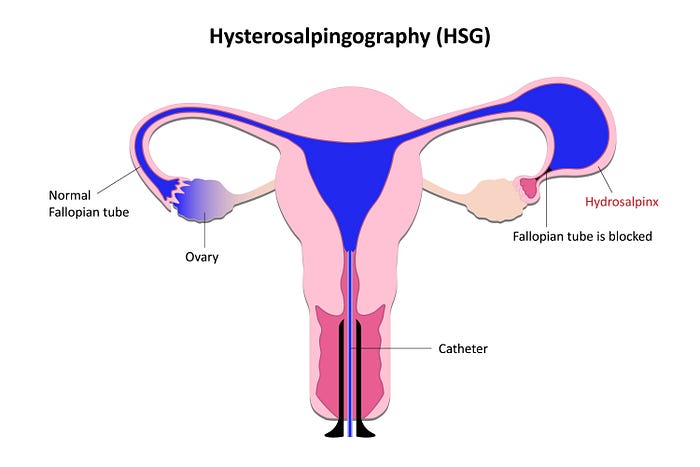
Various disorders can affect the fallopian tubes, such as blockages, infections, and tubal ligation (a permanent form of birth control). Fertility treatments like in vitro fertilization (IVF) can bypass fallopian tube-related issues. Additionally, surgical interventions, such as tubal ligation reversal or tubal reanastomosis, can restore fertility in some cases.
Maintaining the health of the fallopian tubes is crucial for optimal reproductive health. Any dysfunction or blockage in the fallopian tubes can lead to difficulties in conceiving. Regular check-ups and open discussions with healthcare providers ensure that any potential issues are detected and addressed promptly.
The fallopian tubes are truly remarkable structures that contribute significantly to the miracle of life. From capturing and transporting the egg to providing an ideal environment for fertilization, their role is indispensable in the process of reproduction. Understanding the importance of the fallopian tubes empowers individuals to take charge of their reproductive health and seek timely medical assistance when needed. Let us appreciate the marvels of the fallopian tubes and the intricate journey they enable towards creating new life.
Other Articles You May Find of Interest...
- Navigating Pregnancy Tests with Irregular Periods: When Should You Test?
- Why Is Your Period Late After a Negative Pregnancy Test?
- What Does Jelly-Like Discharge Mean When You Miss Your Period?
- Is Your Period Late? Understanding the Causes of Delay and What It Means
- Navigating Polycystic Ovary Syndrome Infertility Treatment: Can You Get Pregnant with PCOS?
- Is There a Distinct Smell During Ovulation?
- When a Positive Pregnancy Test Doesn’t Match Your Ultrasound: What Could Be Happening?














